Oh boy, we need to talk about Xbox.
It might be your favorite gaming platform, but lately Microsoft’s gaming division has been on a streak of confusing moves.
They’re hiking prices, quietly closing beloved studios, and apparently working on a “luxury” next-gen console that could cost twice what PlayStation is cooking up.

But before we go full doom-and-gloom, let’s be fair, Xbox is also pushing new handhelds, expanding Game Pass content, and reportedly experimenting with official console emulation.
So… is Xbox dooming itself, or playing 4D chess that we just don’t understand yet?
Let’s break it down.
Xbox Price Hikes: What’s Going On?
On October 1, 2025, Microsoft raised the price of Game Pass Ultimate from $19.99 → $29.99 a month, a 50% jump.
They also introduced three new tiers:
- Essential – $9.99
- Premium – $14.99
- Ultimate – $29.99
Microsoft says the new structure brings “more value” — a bigger library, day-one releases, 1440p cloud streaming, and perks like Ubisoft Classics and Fortnite Crew.
But from the player’s side? That $20 sweet spot now feels like another monthly bill. And it’s not just players paying more.
Xbox dev kits climbed from $1,500 → $2,000, about a 33 percent increase, blamed on “macroeconomic developments.” Translation: tariffs or plain old greedflation. If you want small studios to build for your platform, you can’t keep making it more expensive for them.
Impact on Developers and Hardware
Everything across Xbox’s ecosystem got more expensive this year.
- May 2025: prices rose for the Series X|S consoles, controllers, and accessories.
- September 19 (Effective October 3): another U.S. hike —
- Series X → $649.99
- Series S 1 TB → $449.99
- Series S 512 GB → $399.99
- First-party games: went up to $79.99 for the 2025 holiday lineup.
That’s two console price hikes in less than a year.
And look, I don’t mind paying for quality, but I hate creeping prices, especially when they’re tied to my save files. If I take a month off from a game, I’m paying rent just to access my own progress.
Xbox Cloud Gaming keeps saves locked inside its ecosystem, and there’s still no simple way to export them to Steam or another launcher unless the game supports cross-save.
Game Pass is great for trying games, but not for owning them. And I still like owning my games and my saves.
Studio Closures and Lost Goodwill
When Xbox bought Tango Gameworks and Arkane Austin, they promised the studios would have creative freedom and bold exclusives. Then 2024 happened — and both studios shut down, along with Alpha Dog Games and Roundhouse folding into ZeniMax Online. That’s Hi-Fi Rush gone. That’s Redfall done. It sends the message: “We’ll buy you… and maybe close you later.” And goodwill is the hardest currency in gaming.
Xbox now owns a mountain of studios — Bethesda, ZeniMax, Activision, Blizzard, but we’ve seen surprisingly few new entries from those legendary IPs. Personally, I’m losing hope for StarCraft 3, one of my all-time favorites.
To be fair, Microsoft might’ve saved Blizzard from self-destruction. They were drowning in remakes and live-service grind. So the acquisition could help long-term, but right now? It feels like a creativity graveyard.
Hardware Strategy: Handhelds, Emulation, and the $1,200 Console
🎮 Handhelds
Here’s one bright spot: the ROG Ally X. It’s a Windows handheld co-branded with Xbox and ASUS, launched October 2025 at $999.99 with the new Z2 Extreme chip, 24 GB RAM, and 1 TB SSD.
It's a nice device, but pricey, especially since it still uses an IPS panel instead of OLED. It’s progress, but it’s basically a PC with Xbox branding. Still, in a handheld-hungry market, Xbox needs this.
💾 Emulation Whispers
Now the exciting part: credible reports suggest Microsoft is working on official Xbox emulation for Windows and handheld devices. If that lands, it’s huge. Imagine playing classic Xbox titles natively and legally on your Deck or Ally. That could finally unify Xbox and PC under one ecosystem — and actually strengthen the brand.
💸 The “Luxury” Next-Gen Xbox
And then there’s the wild one: rumors (and leaks) of a next-gen Xbox priced between $900 and $1,200. With the PlayStation 6 expected to be around $600–700, a console ranging around $1000 feels extreme. At that point, you’re buying a PC with a green logo, and most of us would just rather build our own rig for that cost.
Consoles used to mean affordable. Consistent hardware releases, sometimes even sold at a loss, was a good strategy to attract new players, and keep current players coming back with each new release. If Xbox abandons that model, we could be left with only PlayStation and Nintendo as true console competitors. Not a great outlook for gamers.
So yeah, handheld plus premium console might sound like a strategy…
but it risks alienating the mass-market crowd Xbox was built on.
The Good News: Game Pass and Handheld Momentum
I’m not just here to roast Xbox. I actually like the brand. And there is good news. The Game Pass pipeline from October through November 2025 is solid — Outer Worlds 2, Ninja Gaiden 4, and a handful of day-one indies worth checking out.
The Ally X gives Xbox a legitimate portable angle, and if official emulation becomes a reality, we could see Xbox games become more portable and more accessible than ever.
The real challenge? Balancing those wins with all this price creep.
⚖️ Doom or 4D Chess?
Here’s where I land: Xbox is walking a razor’s edge.
Against them:
- Price hikes alienate players and devs.
- Studio closures destroy trust.
- A $1,000 console risks shrinking their audience.
For them:
- Handheld + PC synergy is smart.
- Game Pass remains a strong ecosystem anchor.
- Emulation could be a massive long-term win.
Verdict:
If Xbox can deliver top-tier content, solid handheld support, and true cross-platform freedom, the higher costs might pay off. But if they keep milking wallets without delivering? They’re risking killing the brand for good, no responses.
How to Fix Xbox (If I Ran It)
If I ran Xbox, here’s where I’d start:
- Lock in value. Make Ultimate worth $30. Guarantee ten strong day-one releases a year — big AAA titles and a few great indies — and lock that price for at least three years.
- Protect studios. Don’t buy talent just to bury it. Let developers stay creative.
- Handheld clarity. Make the Ally X the official portable Xbox. Give it proper UI support and optimization.
- Pricing sanity. If you’re going to sell a $1,000 “Pro” console, release a $499 mainstream option too.
You’re not just selling hardware — you’re selling a community. Lose trust, lose the game.
Final Thoughts
That’s where Xbox stands at the end of 2025: higher prices, fewer studios, but a flicker of innovation in handhelds and cloud gaming. It’s a weird mix of genius and self-sabotage. There’s brilliance in their long-term digital strategy but also real risk of losing what made Xbox special in the first place.
Are they making the ultimate pivot… or driving straight off a cliff? Only time will tell, and I for one hope that Xbox is here to stay.m



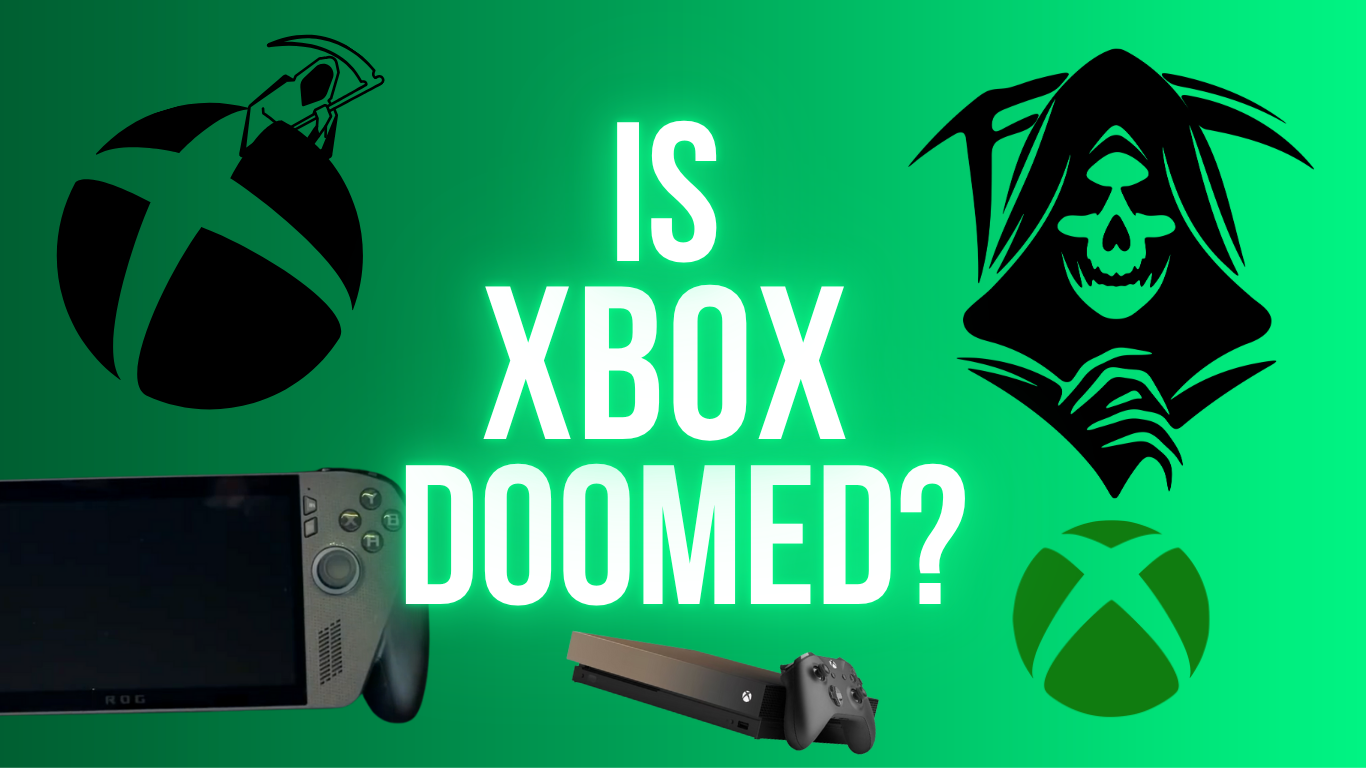
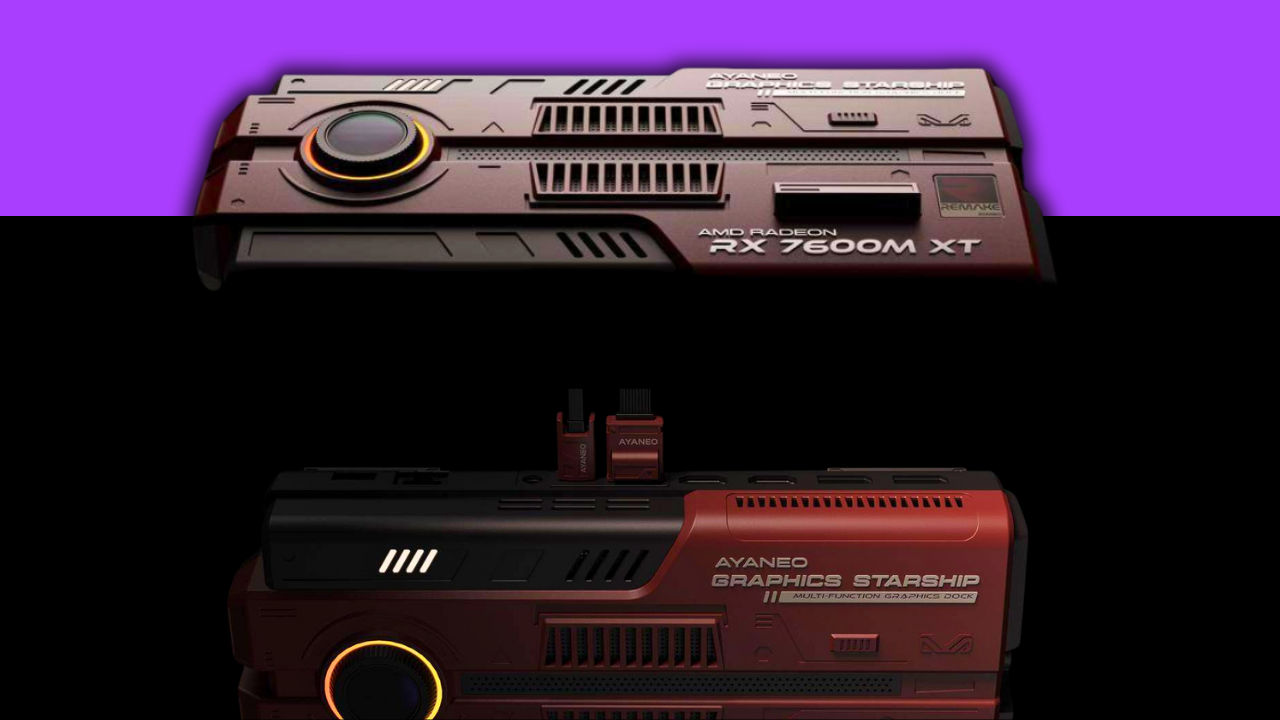
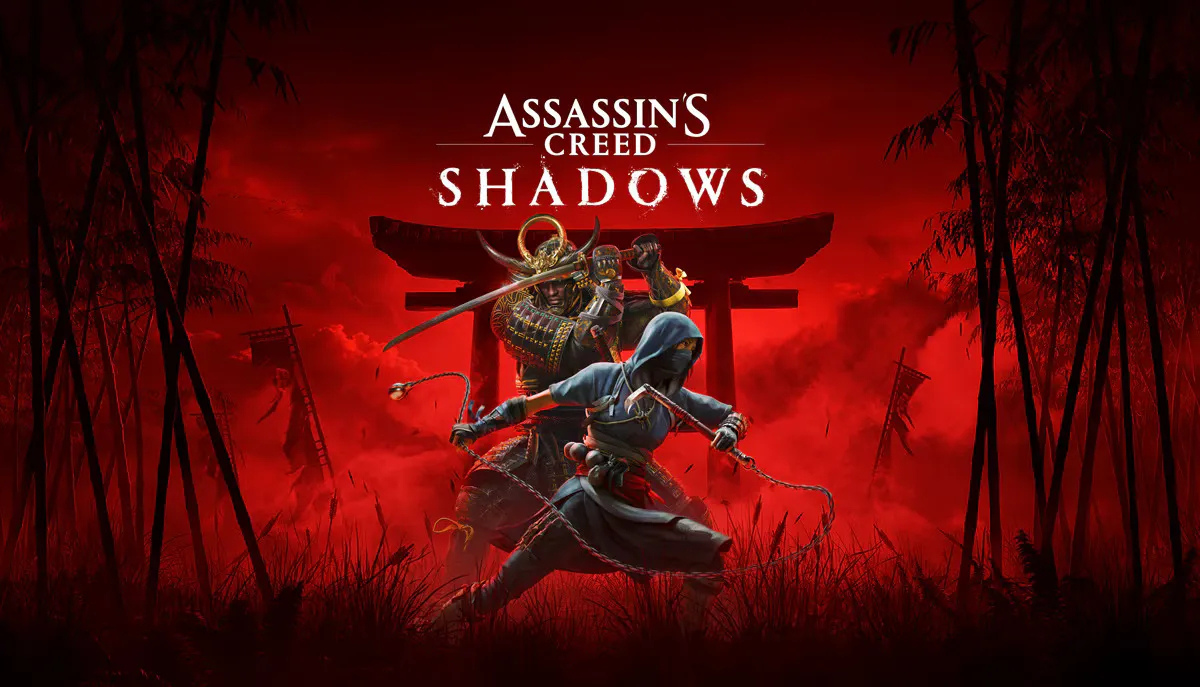



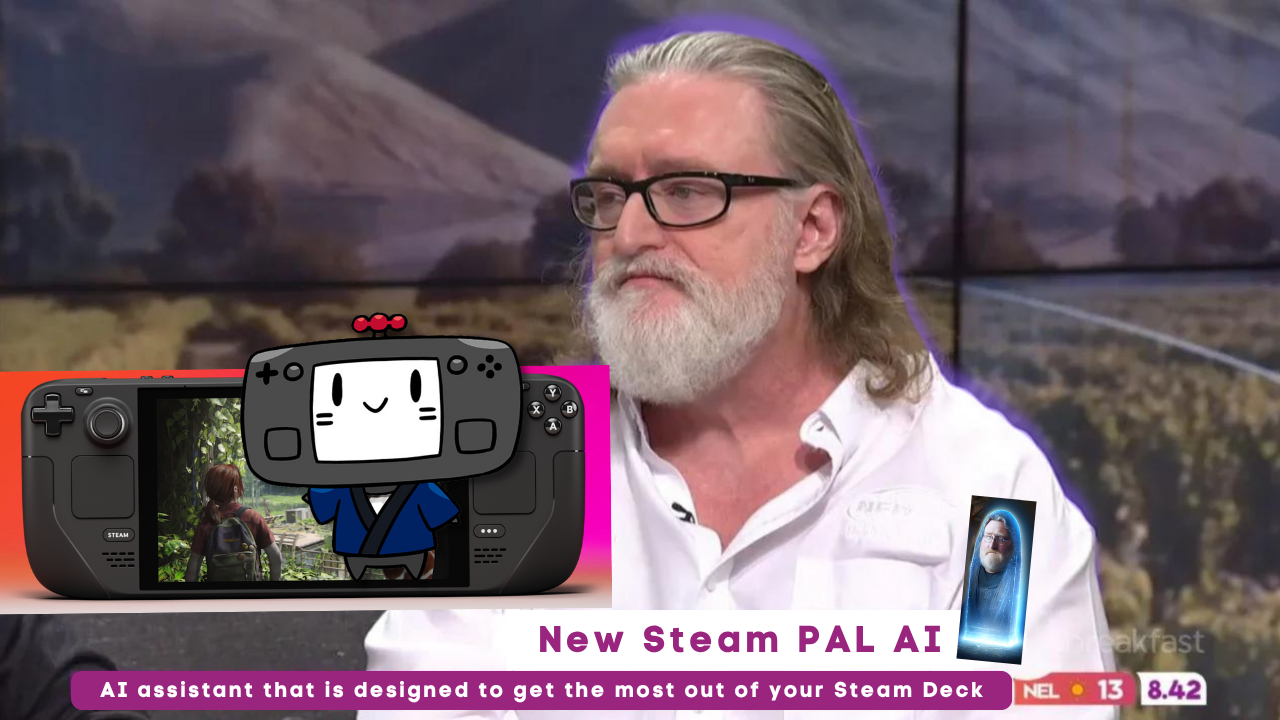
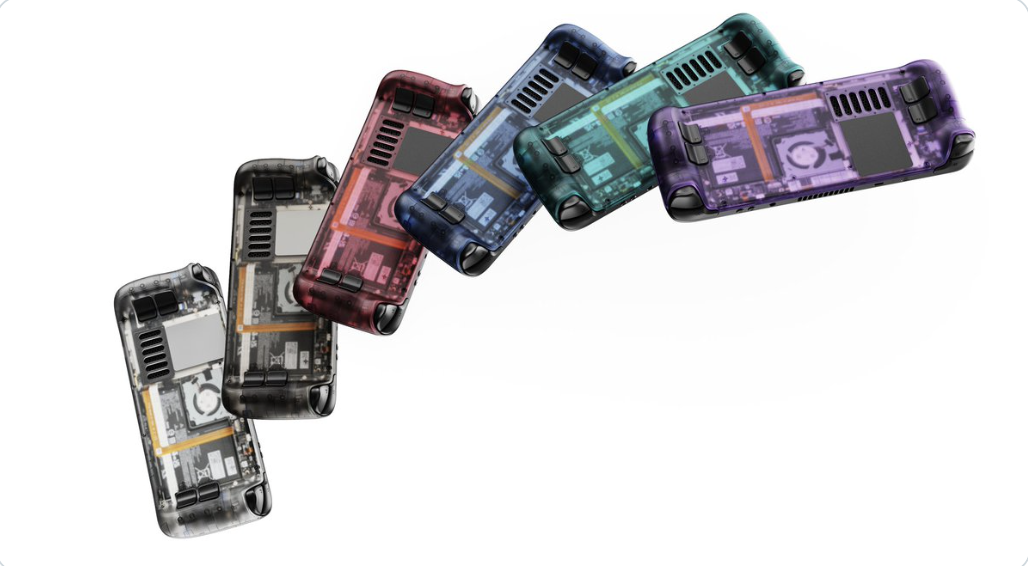
Discussion